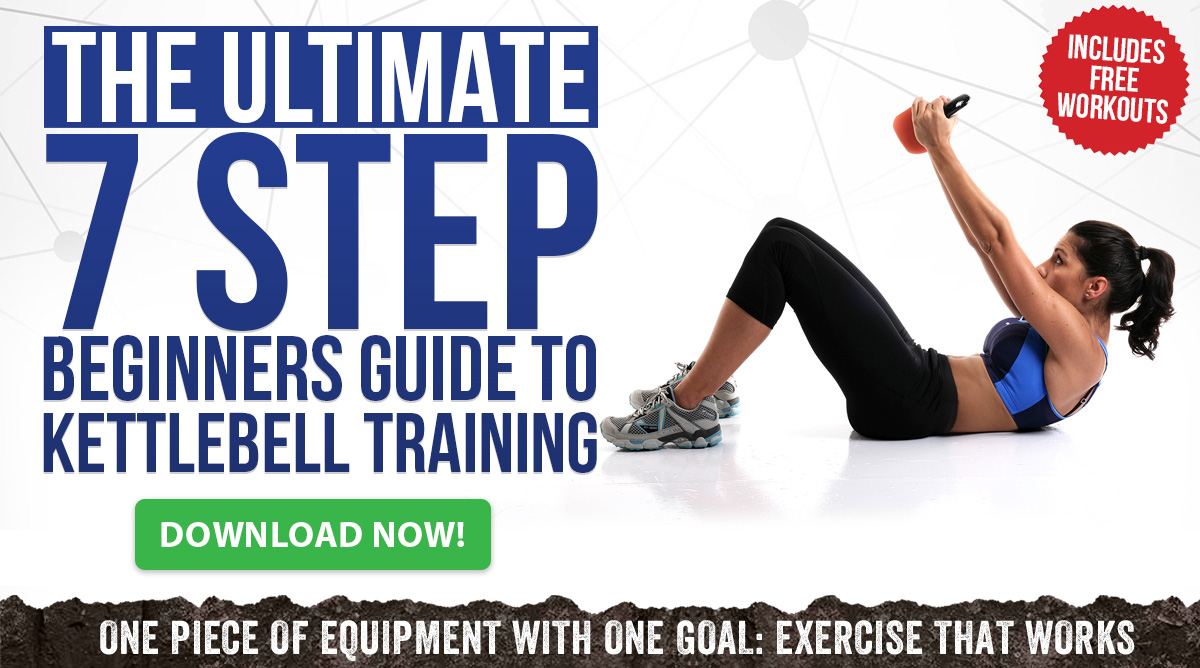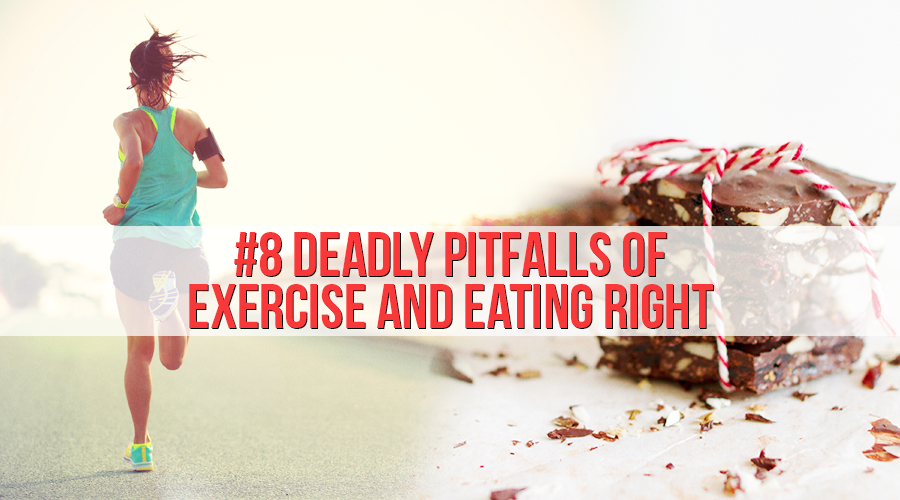
Who Else Wants to know what the #8 Deadly Pitfalls of Exercise & Eating right are?
There are eight primary pitfalls, common mistakes that people make when attempting to find the balance between eating right and exercising, and with recognition and elimination of these mistakes, you'll find yourself in total control. I'm calling the pitfalls the ' 8 Deadly Pitfalls ', not because they endanger your life, but because any one is enough to completely kill the potential for desired results. They are deadly to your potential to improve.
Most of the pitfalls involve actions (or lack of action) that neglect the importance of the synergistic relationship between eating supportively, exercising aerobically in moderation, and challenging muscle. All three elements are vital if the goal is long term positive physical change. Once you learn to apply this vital synergy in a manner that fits comfortably into your life, you'll find the payoff for the time you invest in exercise to be significant and extremely rewarding.............so, let's get on to the pitfalls and with all eight packed tightly into your brain, fitness failure will no longer be an option!
Pitfall #1: Consuming too much sugar (or refined carbohydrates) on a fat loss program.
For years people have learned to shop for food by responding to buying signals listed in large print on the front of food labels. The words 'fat free' has compelled people to feast on biscuits, cakes, ice-creams and pastries and the people grew fatter. The number one ingredient in biscuits, cakes, ice-creams and pastries is sugar and regular sugar ingestion is an excellent way to sabotage attempts at fat reduction. If you understand how your body reacts to simple sugar ingestion, it becomes relatively simple to put a 'sweet tooth' to rest.
When you put a simple sugar in your digestive tract, even if it's fat free biscuit all of that sugar gets absorbed into the bloodstream all at 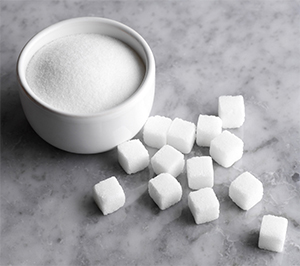 once. For that moment, you have high blood sugar. Assuming the pancreas is functioning well, it responds to the blood sugar spike by beginning to produce more insulin. There is a sensitive balance between the pancreas' production of two hormones, insulin and glucagons, thus when you are forced to up insulin production, your pancreas has no choice but to back off on its production of glucagons. Insulin is a 'storage hormone' as it transports sugars through the wall of the digestive tract and into the muscles and the liver. Glucagon is a 'release hormone' and allows you to mobilise stored fat. When you eat a simple sugar and glucagons production declines, you are crippling your fat burning ability.
once. For that moment, you have high blood sugar. Assuming the pancreas is functioning well, it responds to the blood sugar spike by beginning to produce more insulin. There is a sensitive balance between the pancreas' production of two hormones, insulin and glucagons, thus when you are forced to up insulin production, your pancreas has no choice but to back off on its production of glucagons. Insulin is a 'storage hormone' as it transports sugars through the wall of the digestive tract and into the muscles and the liver. Glucagon is a 'release hormone' and allows you to mobilise stored fat. When you eat a simple sugar and glucagons production declines, you are crippling your fat burning ability.
The refined carbohydrates such as foods made with bleached and refined flour, are not much better. Normally your body does a fair amount of calorie burning work to digest complex carbs, but if those carbs have been bleached and processed, it's sort of like a machine did most of the work your body was going to do. The process also robs grains of vital micronutrients making them 'empty calories' that, in addition to spiking blood sugar, are easily converted into triglycerides and stored as fat.
Pitfall #2: Failing to provide 'adequate challenge ' to working muscles.
In every health club there is what I've learned to call the ' chatterers '......... These are men and women who pick up some very light dumbbells and carry on in depth conversations while they use gravity and momentum to go through the motions of propelling weights up and down! Posi tive physical change is the result of the body's propensity for adaptation and the willingness to continue to find a new stimulus to provide progressive challenge. In other words, if your body is fully capable of handling any given workload, you're not going to see progress.
If you perform 10 repetitions of curls, for example, every single day with 15 pounds, and you absolutely certain you're going to get 10 reps without breaking a sweat, that set will do little to stimulate metabolic or strength improvements. Conversely if you start with 15-pound dumbbells and they are initially challenging, and as the workload becomes easier you gradually increase the poundage's, you can facilitate quite impressive change. You might want to check out the Post Ultimate 7 Step Beginner Guide to Kettlebell Training to start building an effective foundation to help you move forward with Fitness. Click Here to Check It Out.
Pitfall #3: Neglecting protein intake. 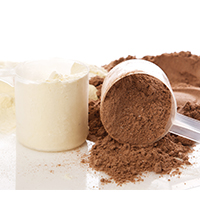 Healthy foods are certainly important to consume on any fitness program, but there's a distinctive difference between ' eating healthy foods ' and eating in a manner that's going to help you develop a lean body.
Healthy foods are certainly important to consume on any fitness program, but there's a distinctive difference between ' eating healthy foods ' and eating in a manner that's going to help you develop a lean body.
When most people think of healthy foods they think of fruits and vegetables. Next they'll think of grains. While vegetable based foods certainly have their place, there must also be a concern for adequate intake of protein. The question of ' how many grams of protein do we need ' has been asked for decades without anyone coming up with a clearly definitive answer. The reason, I believe, the answer has not emerged, is.....there isn't any answer!
We are all individual and in that we have individual metabolisms, lifestyles and body compositions. A pro Wrestler with 180 pounds of lean body mass would probably need far higher protein intake to preserve muscle tissue than someone with half his weight.
What happens if you don't take in enough protein? Well your body may have greater need for amino acids than is being supplied by your diet. In the absence of sufficient dietary protein, it can turn to muscle mass, begin catabolising or breaking down muscle tissue to free up stored amino acids. This loss of muscle, while it may reflect as pounds lost on the scale, is a detriment to metabolism and in the long run can act to program the body to become more efficient at storing fat .
To view our range of Proteins, Breakfast Smoothies and weight-management Tablets for both male and female, Click Here.
Pitfall #4: You may not be eating frequently enough.
The typical English diet, small breakfast ( or no breakfast for most ), moderate lunch, large dinner, is more a result of habit than it is the
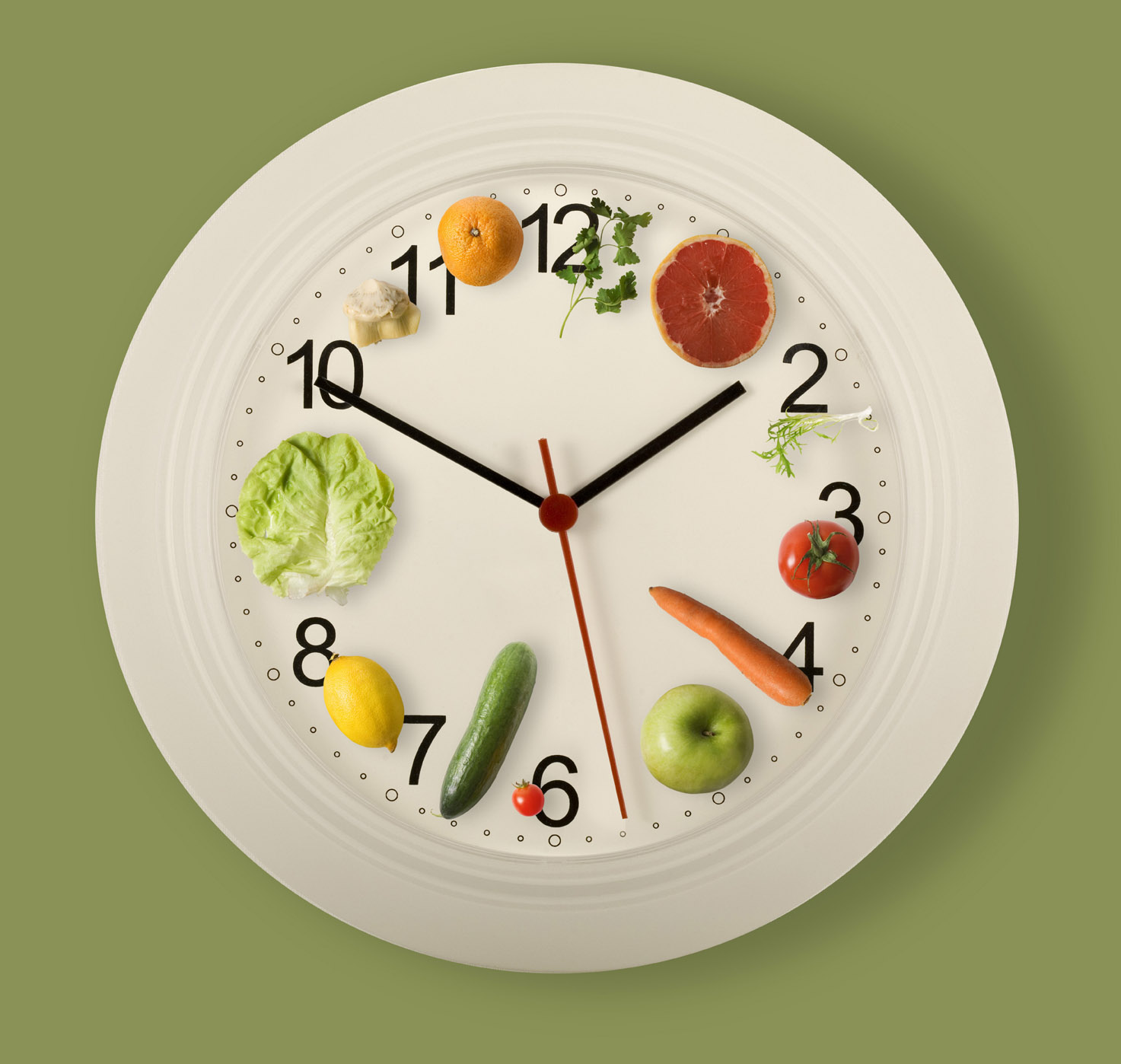
result of careful evaluation of human performance and nutritional need.
Metabolism is actually the rate at which you convert nutrients into fuel, or in plain English, the speed with which your body burns through food. Five hours between meals is enough to send blood sugar plummeting and to compromise the muscle's capacity to store and access fuel. Optimally, if the goal is a lean toned body, you'd try to get to a 'meal' every 3 to 3.5 hours.
Pitfall #5: Are you over-training?
Over training simply means 'exercising beyond the body's recuperation limits' and generally I meet two primary types of over trainers:
1. There are the over-ambitious novices who want quick results and attempt to emulate the routines performed by individuals with years of muscle stimulating exercise under their belts.
2. The second type are the overly enthusiastic who head ' back to the gym ' to start ' working out again ', not recognising that their bodies are not quite the same as they were back in the day.
The secret to achieving leanness and muscularity involves challenging the body adequately, but taking it past the point of diminishing returns can move you further away from your goals. Train beyond your body's ability to meet the demand through its preferred sources of fuel, and your training might actually lead to a breakdown of muscle tissue, the complete opposite of what most people want!
Over training leads to a loss of motivation, to irritability, to insomnia, to immune system compromises, and in many cases to injury.
Exercise doesn't have to be an overwhelming all-consuming effort. If you're not an advanced bodybuilder or fitness competitor, you don't need to pile the massive weights on the leg press machine for endless sets, nor do you need to crank out hundreds of repetitions of bench presses. You simply have to stimulate muscle, feed the body and allow all the systems of the body to rest and recuperate.
Pitfall #6: Believing daily activity ' counts ' as exercise.
...........I know women would love it if shopping burned enough calories to keep them fit (my wife definitely would!), and men would wish for the act of driving the golf cart becoming a great tummy trimmer, but unfortunately that isn't the reality.
If you ' shop ' on a daily basis, or play golf every day, the process of adaptation has already taken place. If you are very active at work, that's fantastic, but it doesn't guarantee consistent improvement.
When the body adapts to the demand, progress is guaranteed to cease. It's important, regardless of what you do in the course of a day, to set aside some time to challenge the muscles against progressive resistance.
That doesn't mean back off on your activity. Of course activity will serve you well, but don't believe it's a substitute for focused exercise sessions devoted solely to improvements in body composition and in cardio respiratory function .
Pitfall #7: Are you actually taking in enough calories?
By that I mean you could be 'Failing to ingest calories sufficient to maintain metabolism and supply fuel for activity'.
For example: A 150 pound woman, at rest for a 24 hour period, would burn approximately 1500 calories just to keep her brain functioning, her heart beating and her internal organs pursuing life-sustaining metabolic processes. Add in to the equation movement, exercise, stress and work and of course caloric requirements further increase.
The old and misleading adage, 'eat less to weigh less', has sent dieters flocking toward calorie eprivation!.
The challenge lies in keeping energy stores full and keeping metabolism stoked when you're barely taking enough calories to sustain function at rest.
Once you come to understand that eating supportively, eating 'thermic' (calorie burning) meals frequently throughout the day, can actually boost metabolism, can make the body more efficient at burning through food and releasing fat and can provide fuel to keep energy levels at a consistent high, you'll quickly develop some new eating habits.
Ideally you'll divide your daily calories into six balanced meals allowing for optimal use of nutrients and a continuous stimulation of metabolic activity.
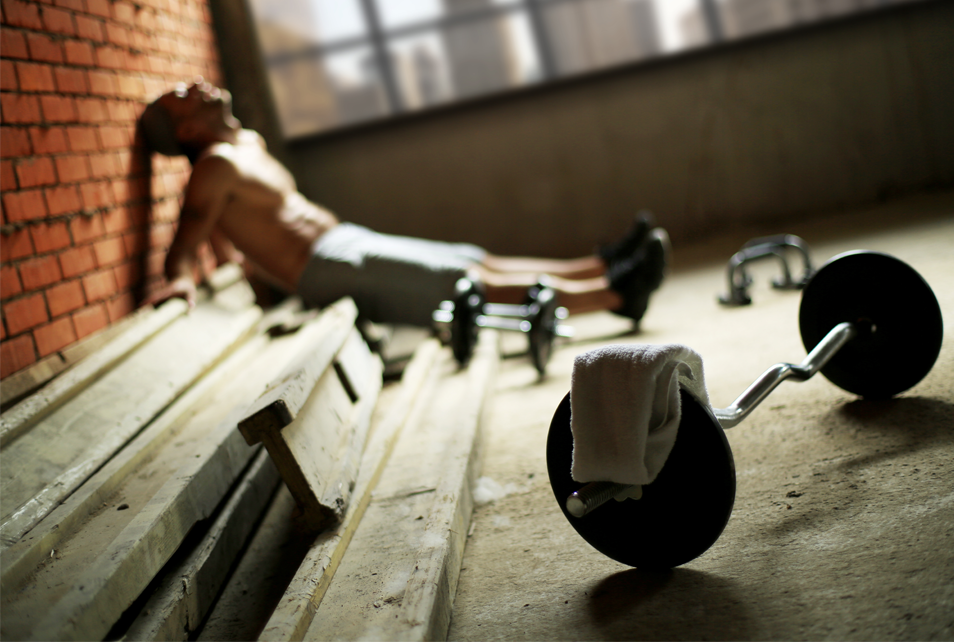
Pitfall #8: but this IS a BIG one: Failing to schedule down time.
Think of exercise as the stimulus that causes your body to make positive adaptations... as you rest. By ' rest ', I'm not only referring to sleep, although that should certainly be adequate if you want to see results. I'm also referring to the pursuit of a relaxing hobby, days off from work, visiting a park or a beach, or sitting at home enjoying some music.
There is a crucial balance between stress and recovery, and while positive stress (exercise) properly applied can lead to the body making exceptional progress, it will only do so if there is adequate ' down time '.
It might be helpful to realise that there are opposing forces at work, and if the balance isn't quite right, the results can be perilous.
Cortisol is a hormone produced by the adrenal glands and has been referred to as the ' stress hormone '. During periods of elevated stress, cortisol levels are increased.
Cortisol is a catabolic hormone, which means it allows the body to canibalise its own tissue . It does have an important purpose. The gradual breakdown of tissue allows you to continuously build new, healthy cells. Cortisol also makes certain that if the body's energy needs suddenly go up due to an extreme stress, or if due to trauma eating is a challenge, there are plenty of amino acids floating around to be converted into glucose and used as fuel. We access those amino acids in a stress-induced state by breaking down muscle. There are other hormones that are more geared toward enhancing positive response. Growth hormone production is increased when you rest, and further increased when you enter deep sleep.
Without adequate rest and sleep a cortisol-dominant environment can prevent you from seeing the results you're working so hard to achieve.
With the #8 pitfalls exposed , the path to your ultimate success should be clear. Eat supportive meals frequently, exercise enough to provide challenge, maintain some regular aerobic activity and schedule in relaxation and recuperation time, and reshaping your body becomes a simple task.

